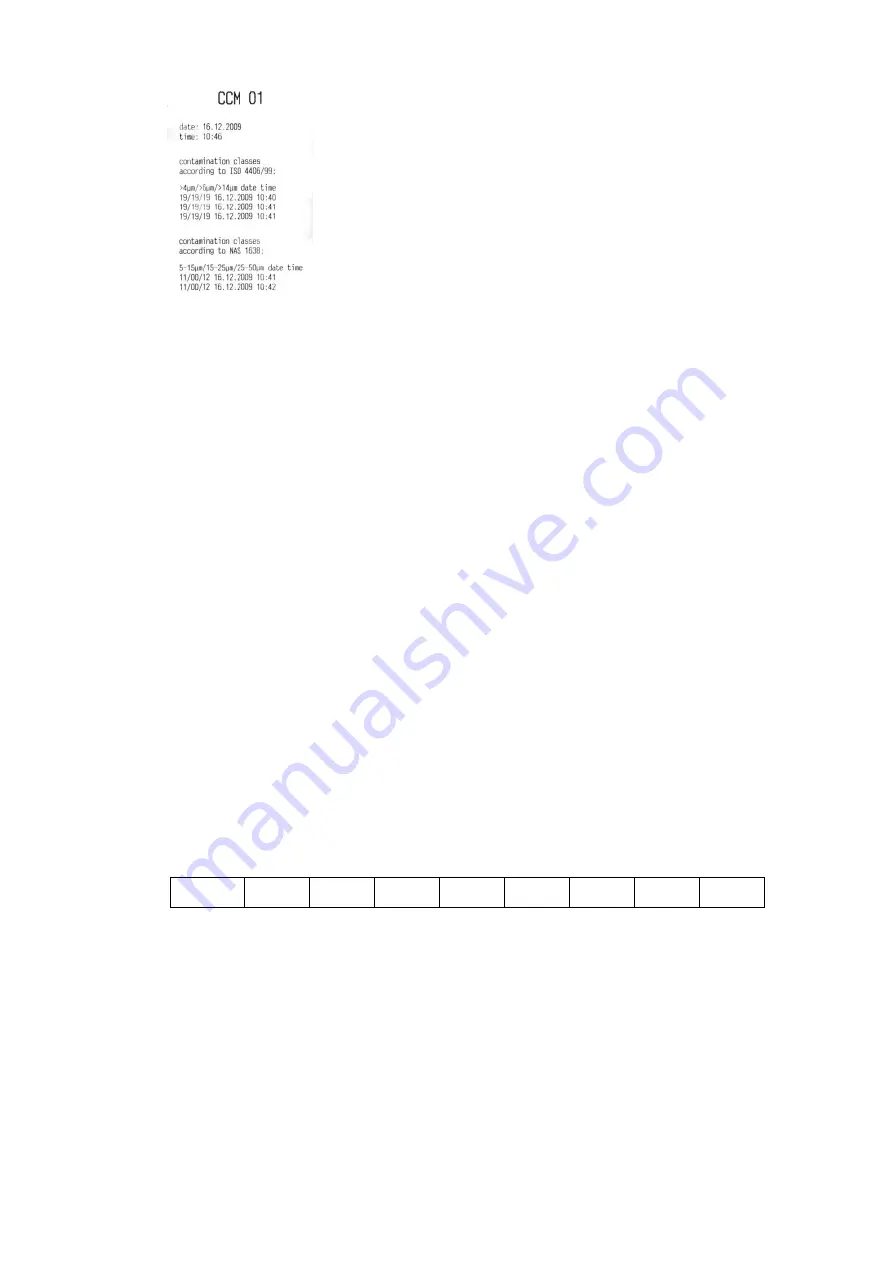
29
(The detailed description see in chapter 3 and 2.8.3.2.1.2)
5.
CAN interface
The CCM 01 has additionally a CAN interface.
The physical CAN interface complies with the Norm ISO 11898 and is electrically
isolated with optocouplers.
With this interface all settings which can be made with the keypad are also practicable.
The communication protocol is compatible to CANopen, but there is no support to all
specified CANopen-functions.
In this chapter there is a small introduction to the fieldbus system CAN and the higher
layer protocol CANopen and a description of controlling the CCM 01 via CAN.
5.1. Introduction to CAN and CANopen
5.1.1.
CAN-Bus
CAN-Bus is an asynchronous, serial fieldbus system. Primarily it was developped by
“Bosch” in 1983 for the automotive industry to make networking of control units in cars
easier. Because of capability to control also larger systems, CAN-Bus became an
industrial standard.
CAN-Bus is based on a data exchange with an identification of the transmitted
message. This is called the identifier. It has a length of 11 bit and it also determines the
priority of the message. The smaller the identifier the higher the priority. The message
which follows the identifier can contain up to 8 byte data. The setup of one CAN
telegramme is to be seen in the next illustration.
Identifier Byte1
Byte2
Byte3
Byte4
Byte5
Byte6
Byte7
Byte8
Therefore CAN defines only the data transmission but not the meaning of a message.
This is specified by the higher layer protocol CANopen.
5.1.2.
CANopen
CANopen is a standard of the CAN-in-Automation. The general functionality is
described in the specification DS-301.
The central element of the CANopen standard is the object dictionary. It is the interface
between the network and the application. It contains general informations about the
device, all measured values and parameter.
Eaton Technologies GmbH
















































